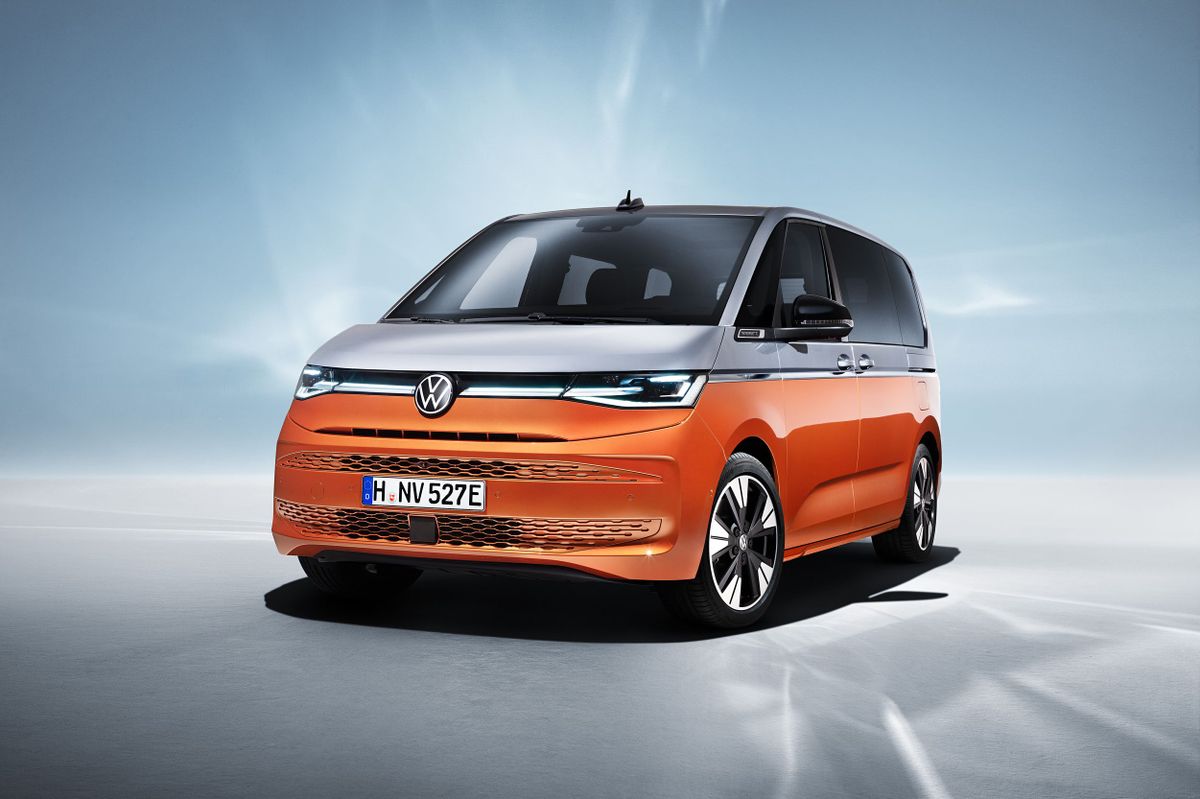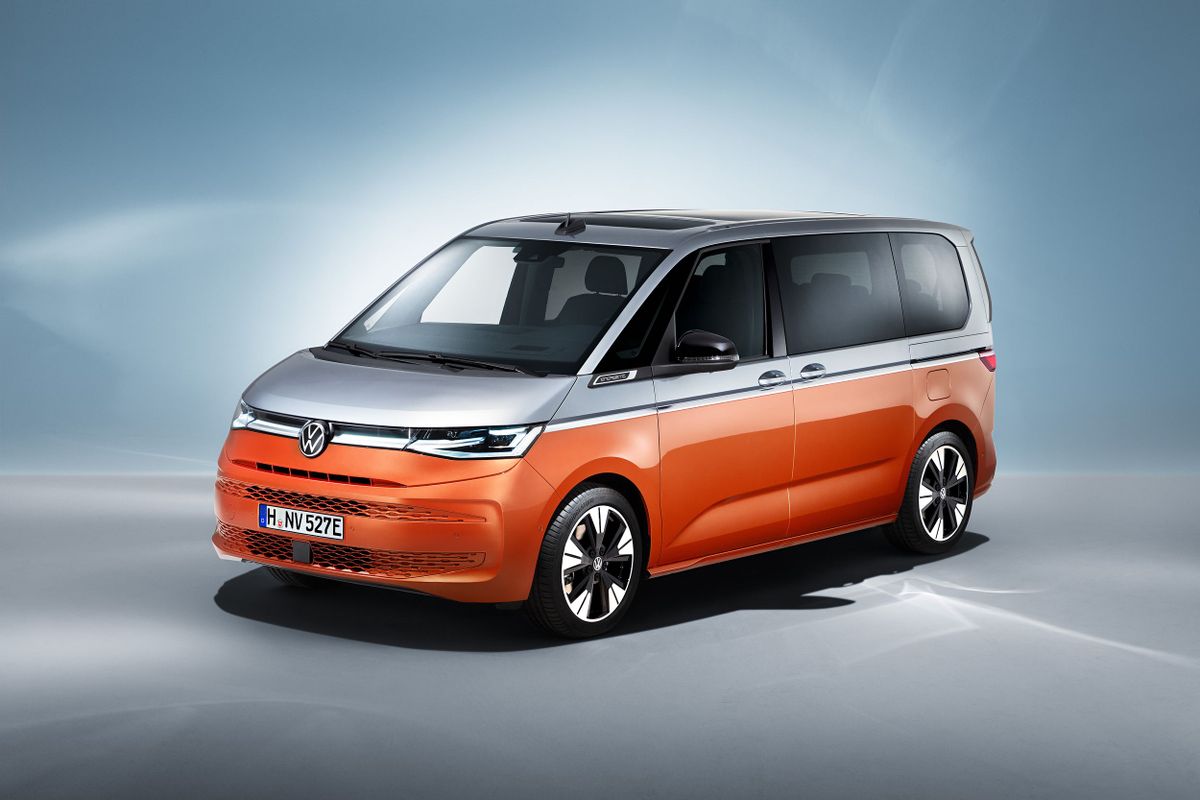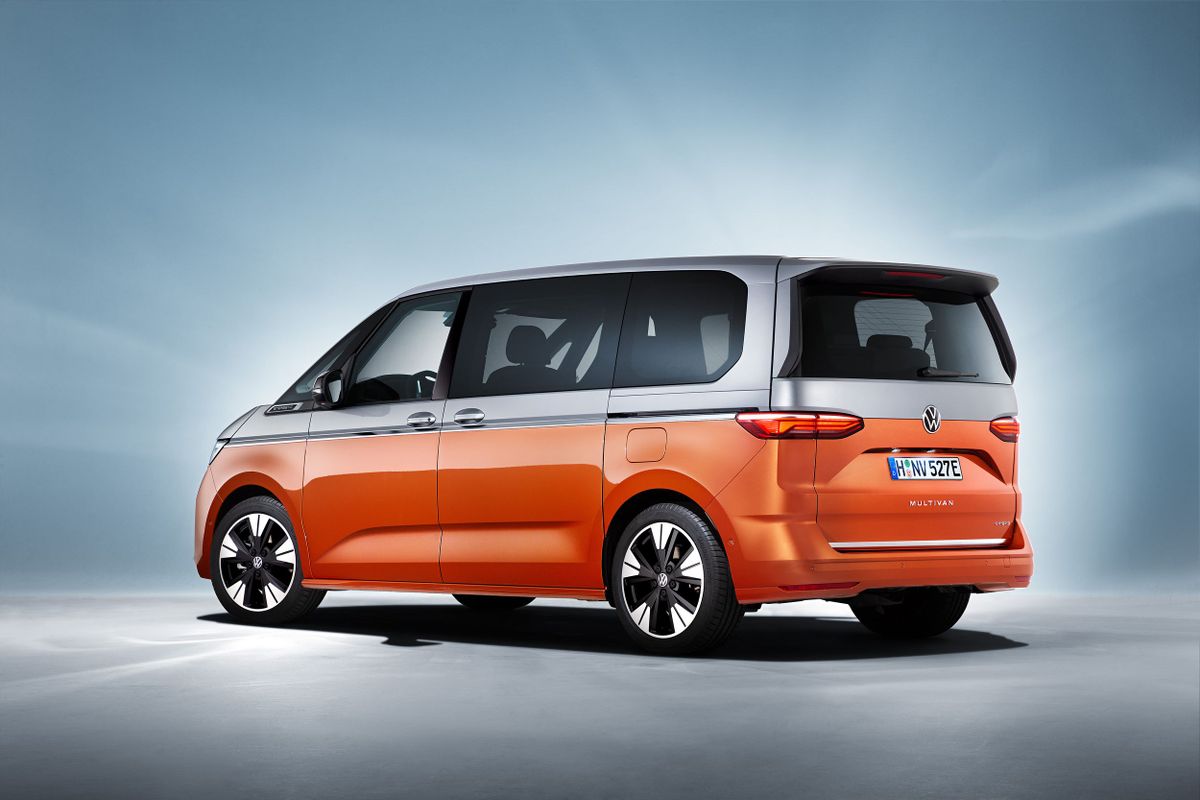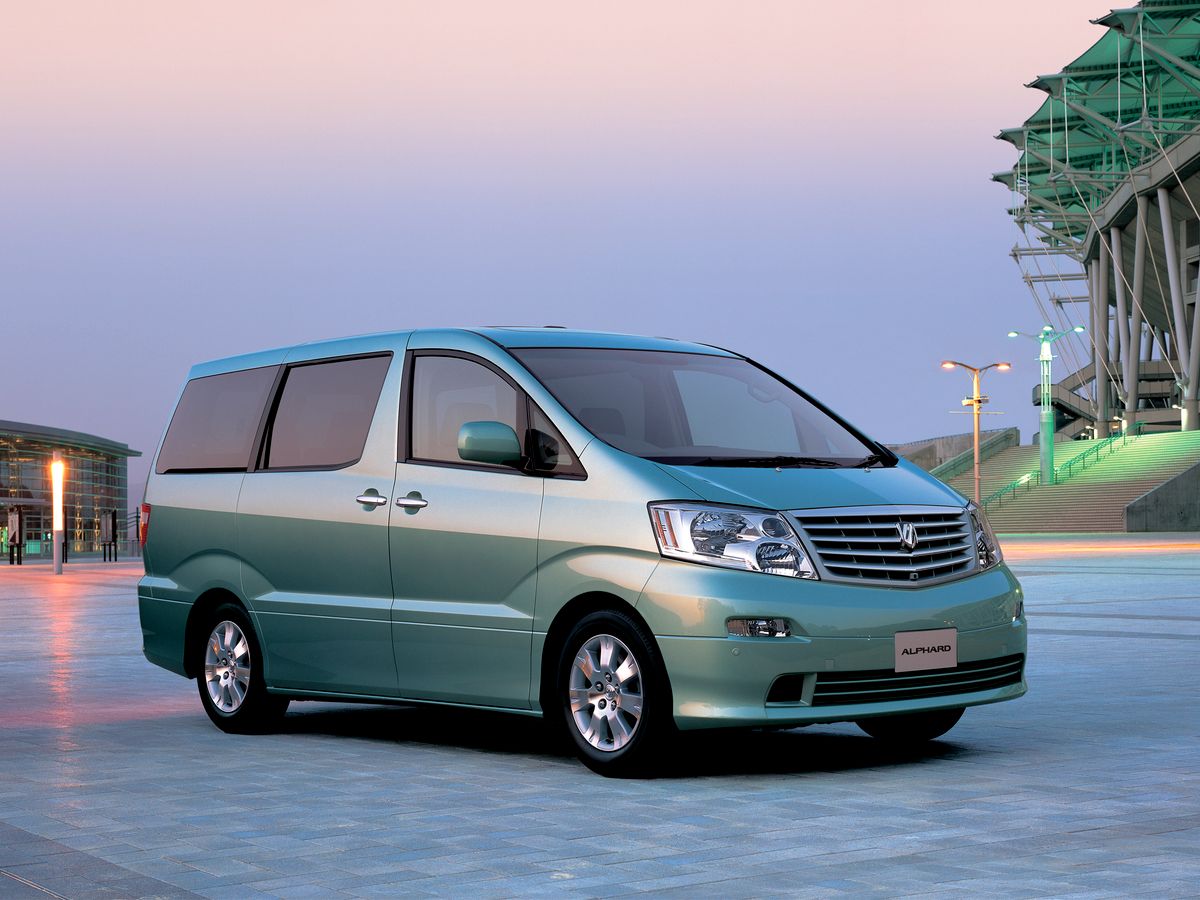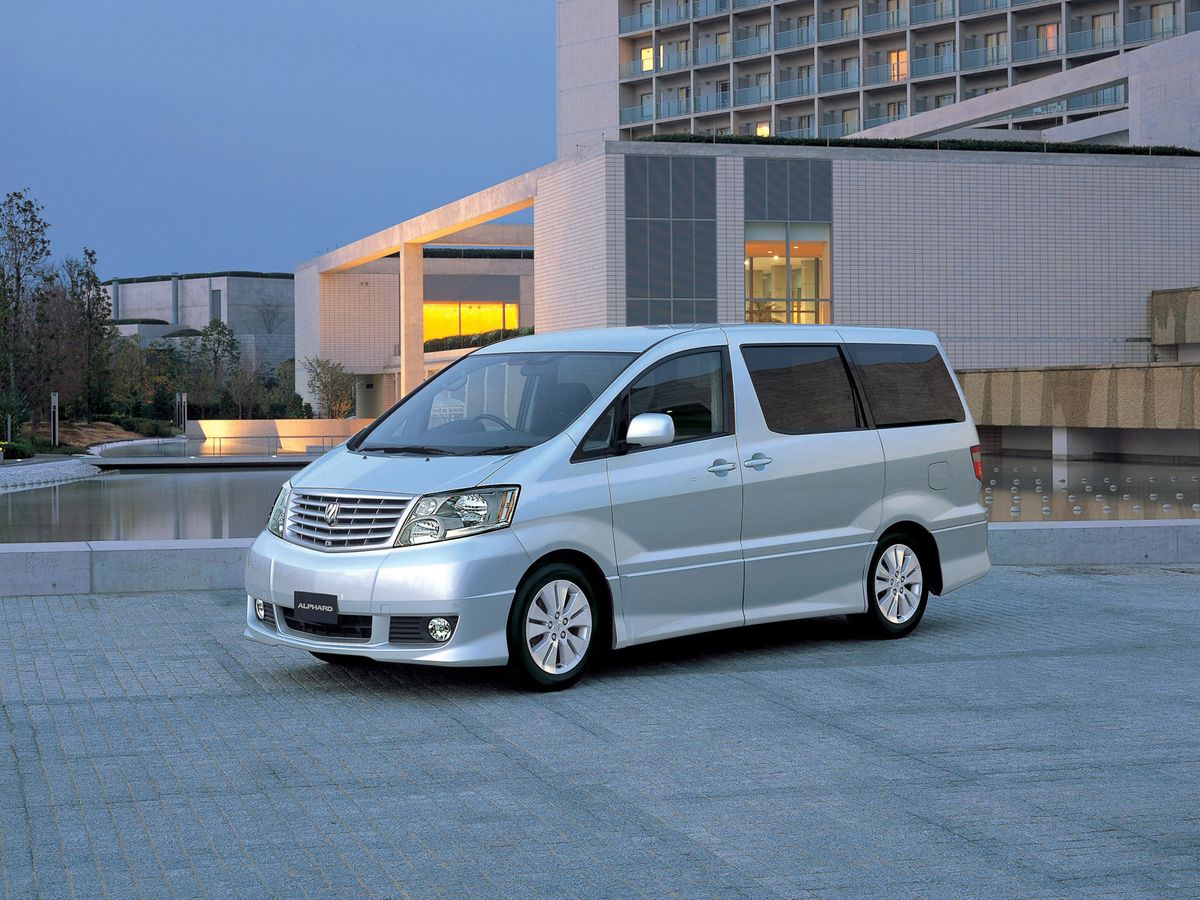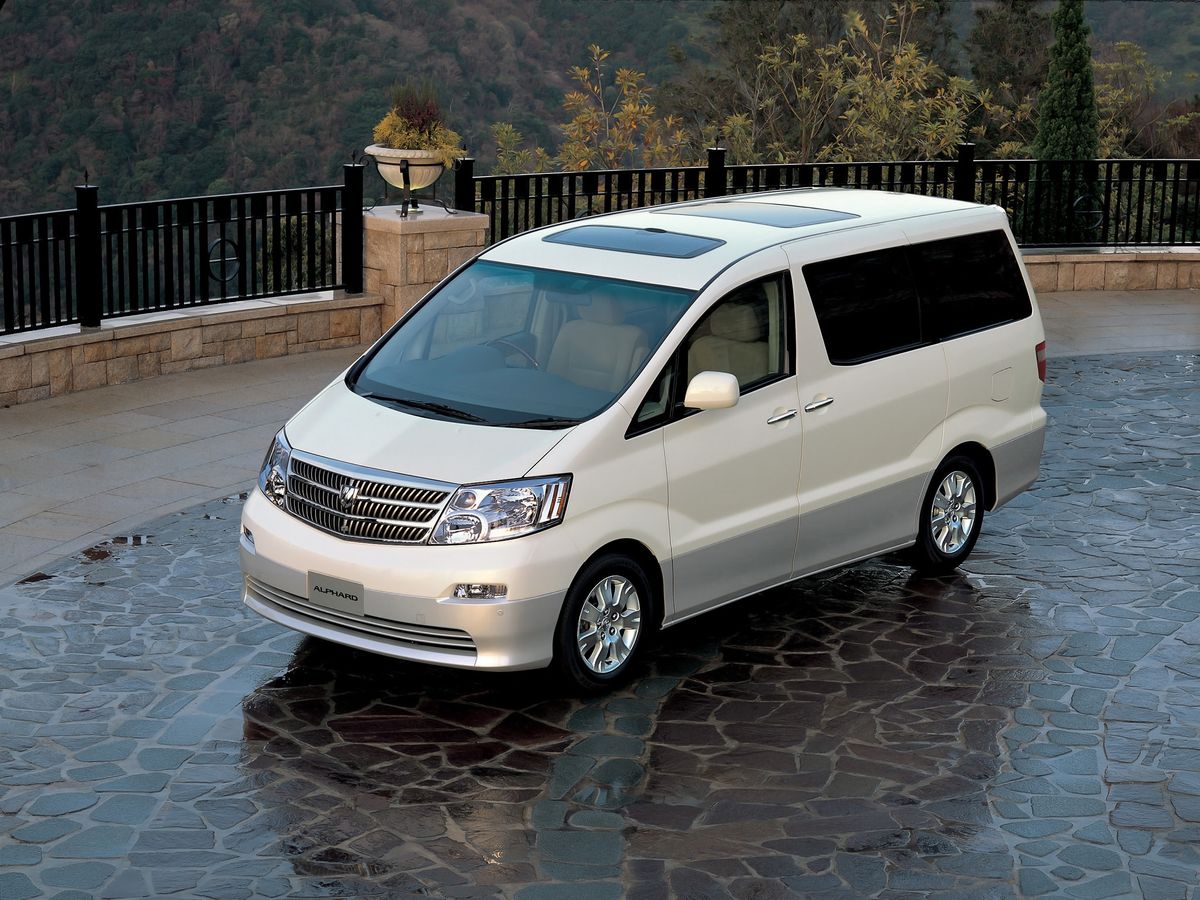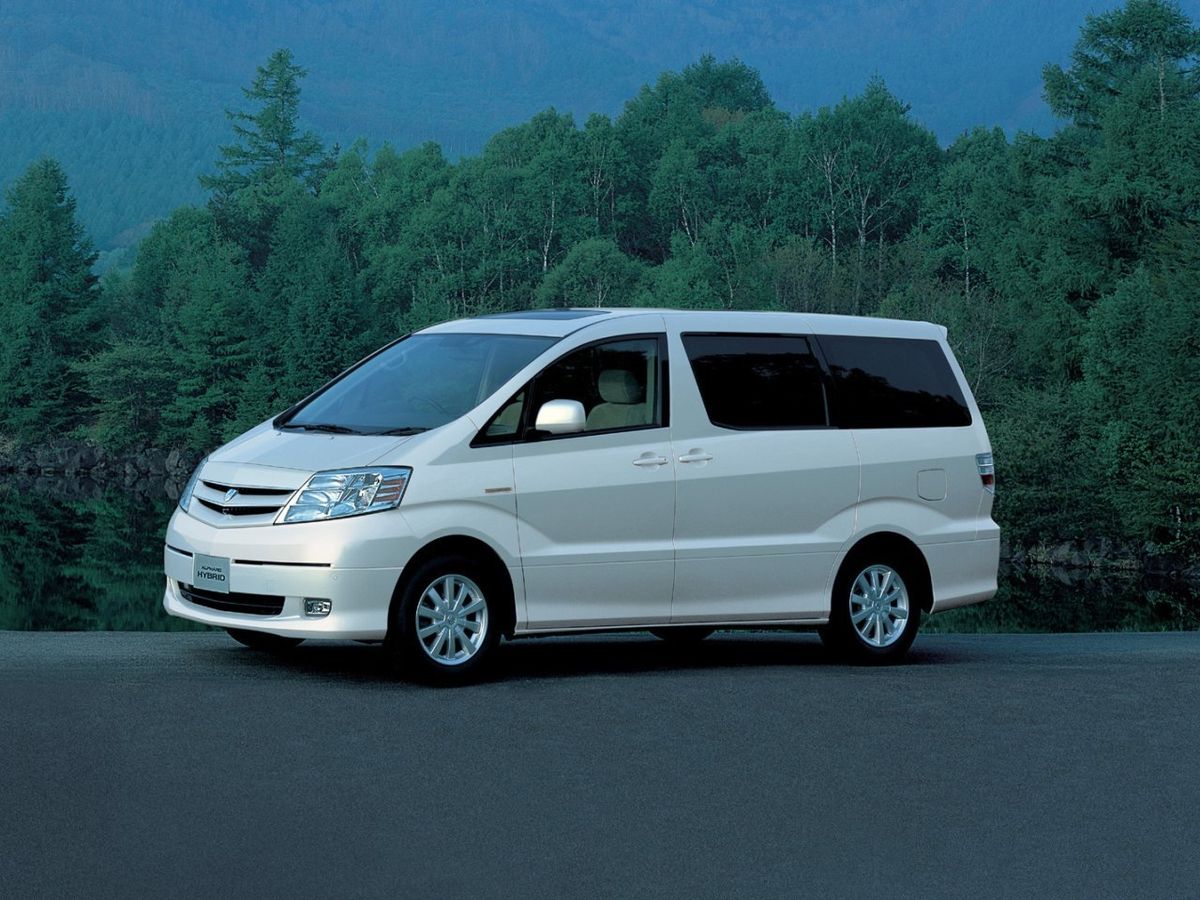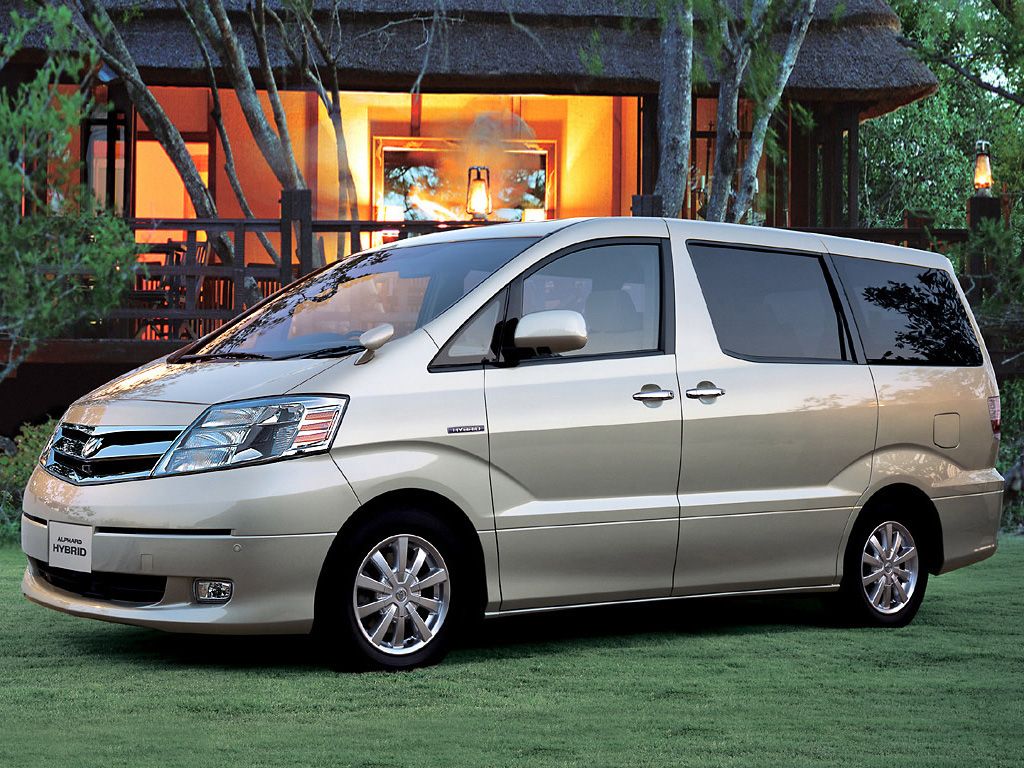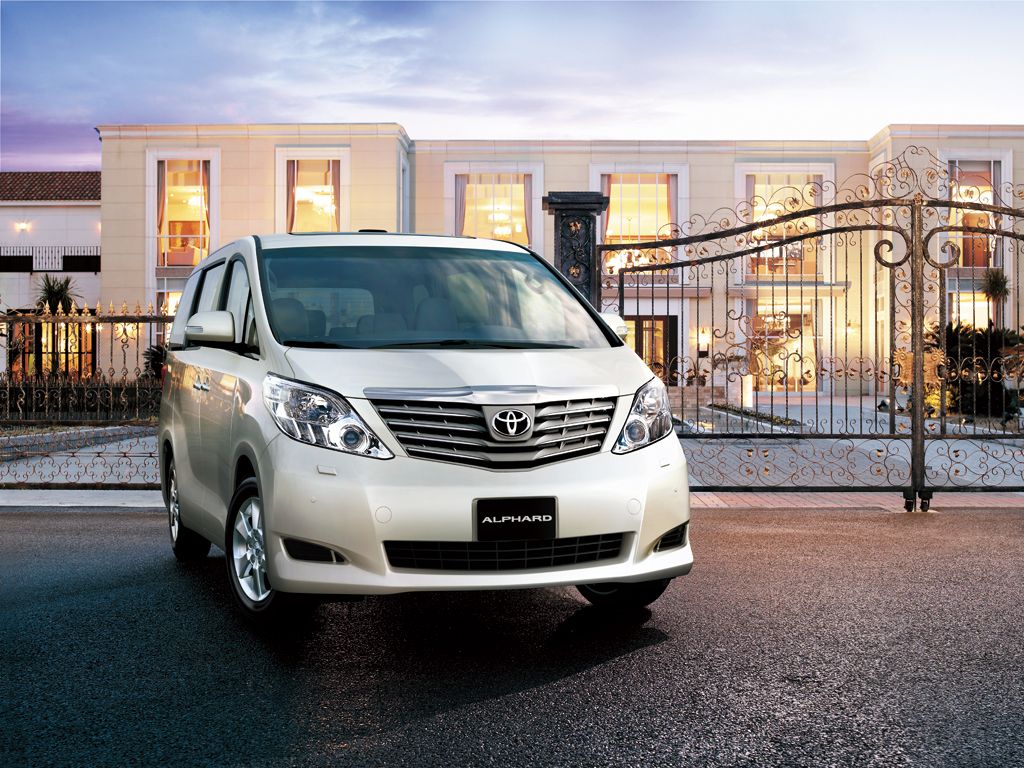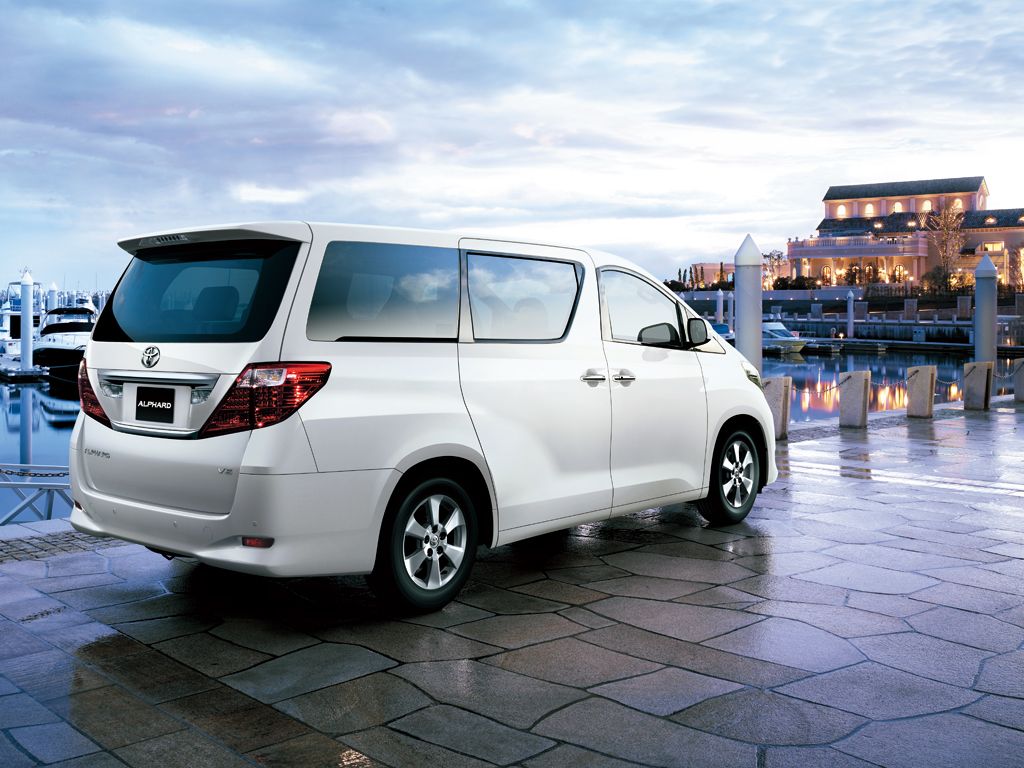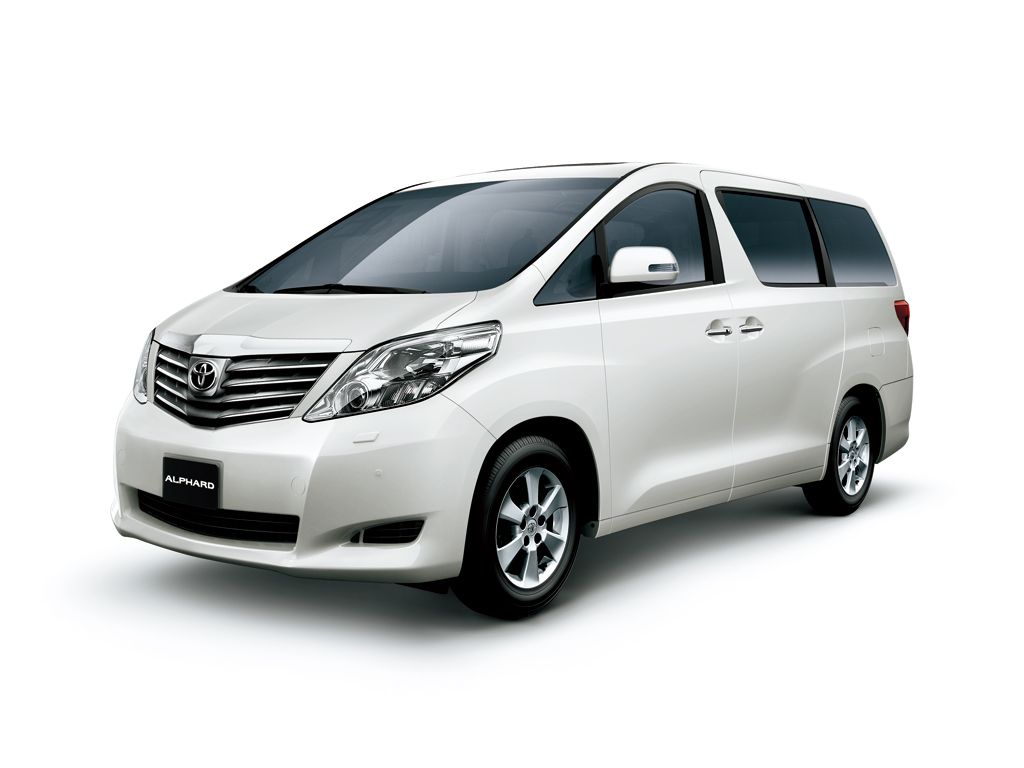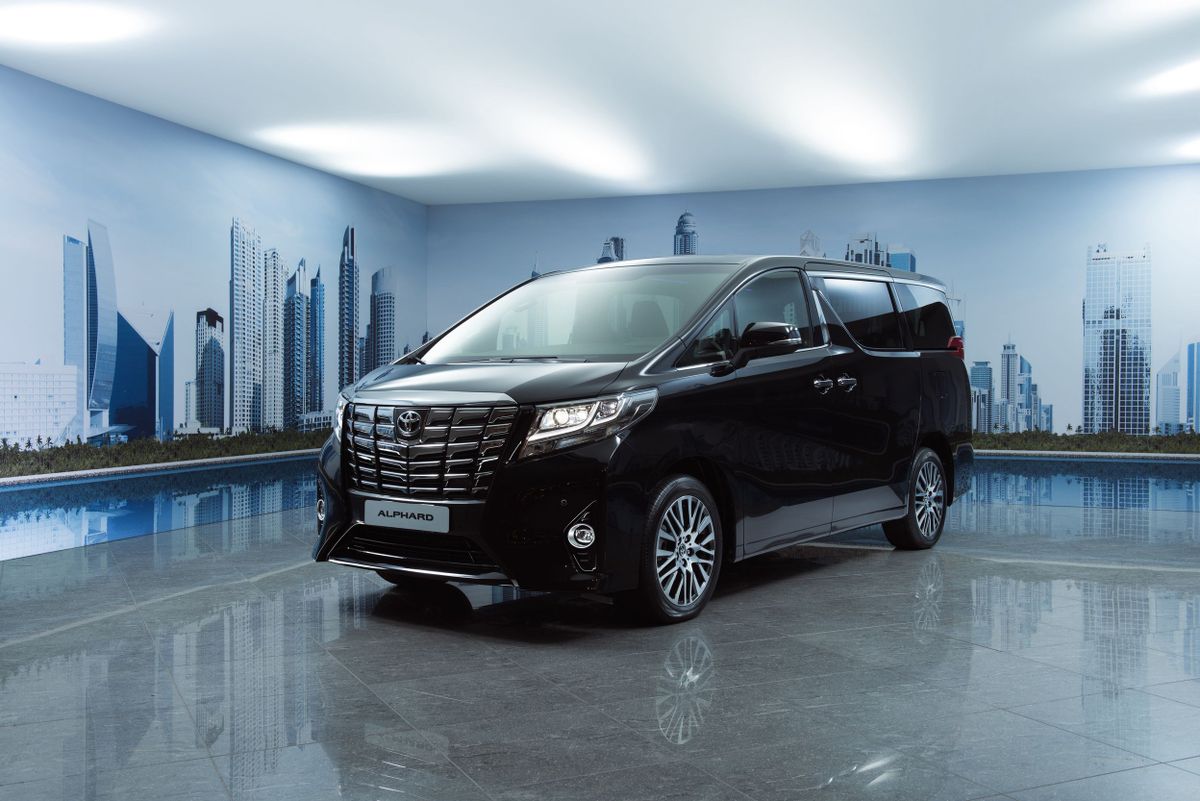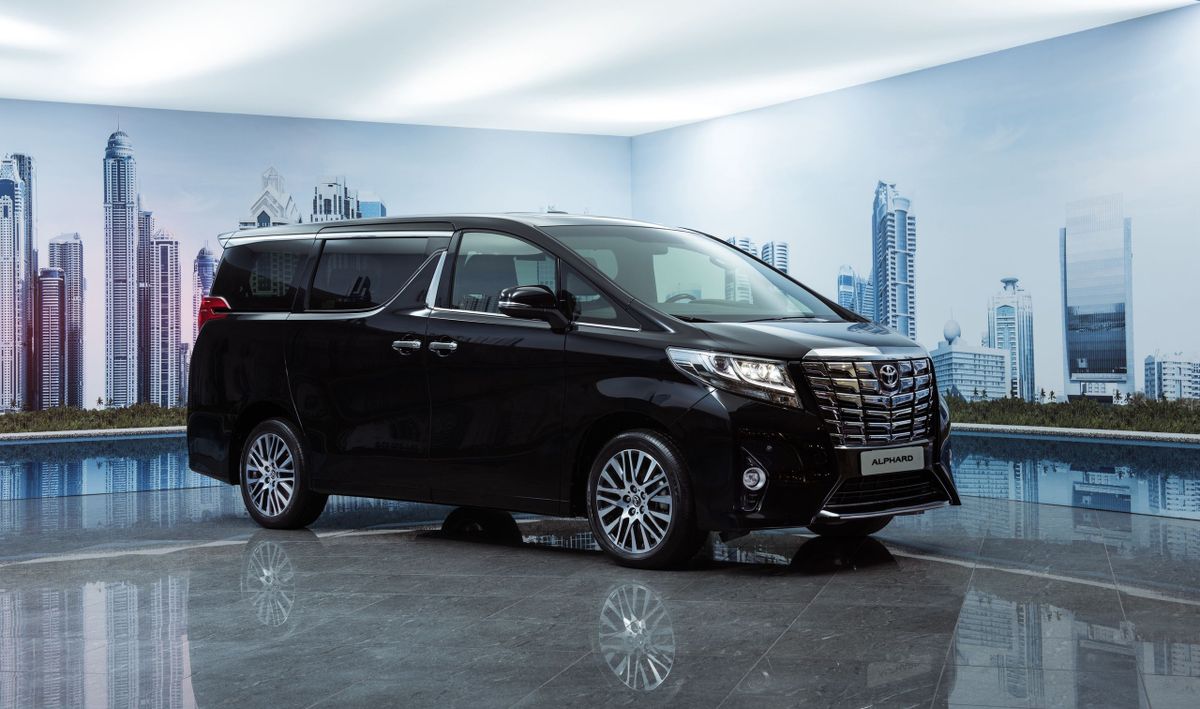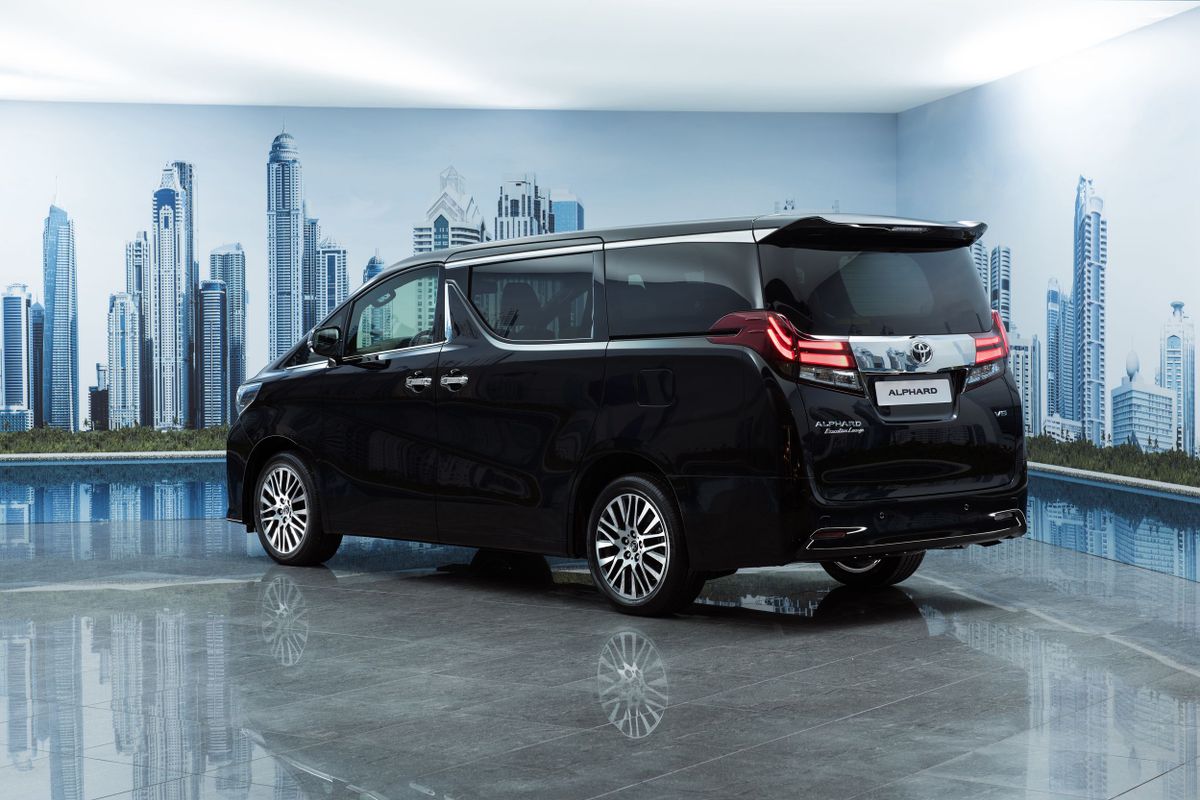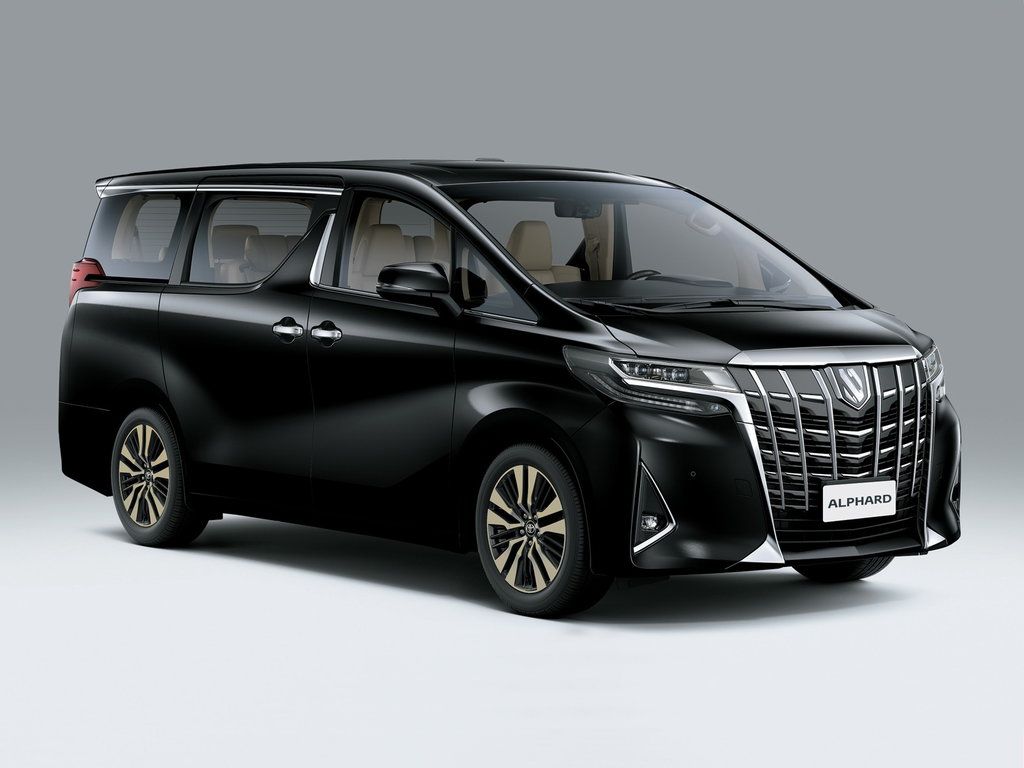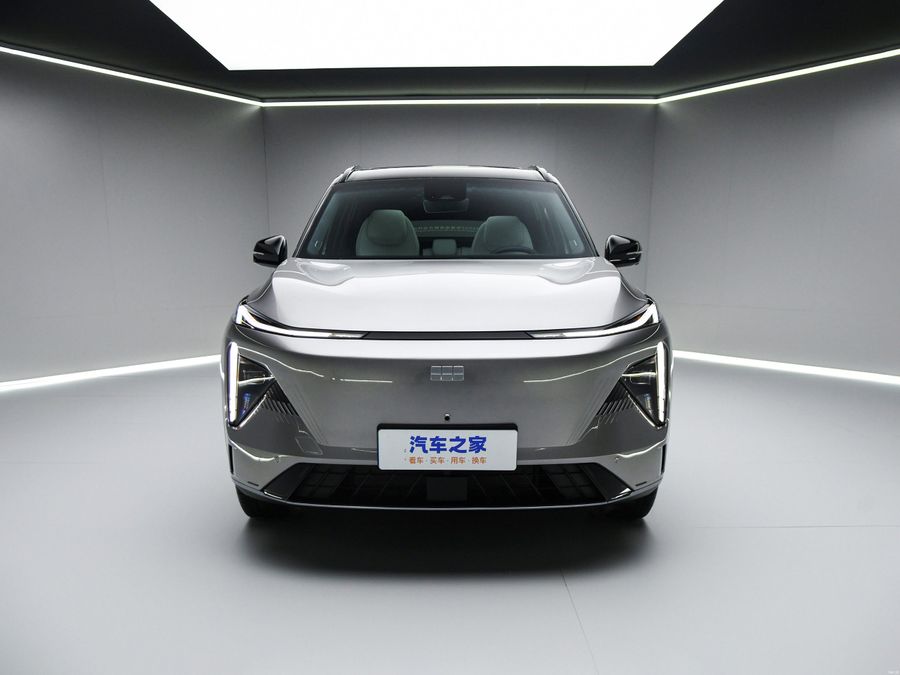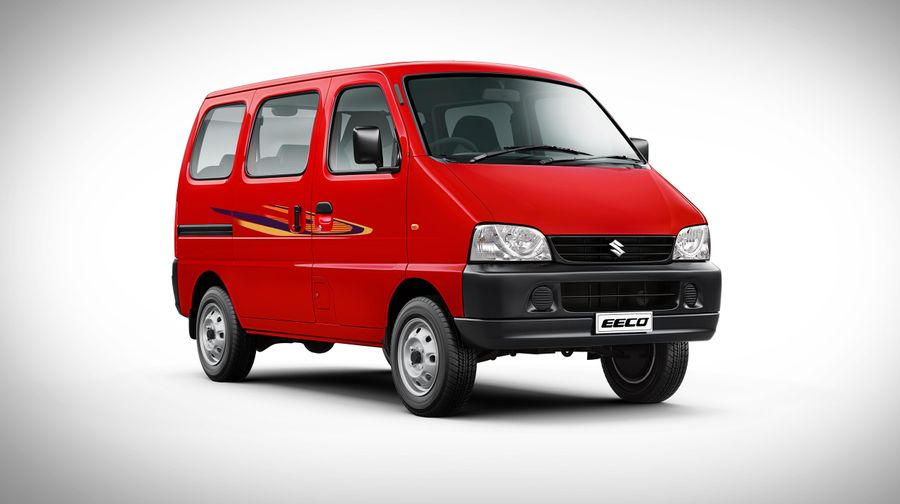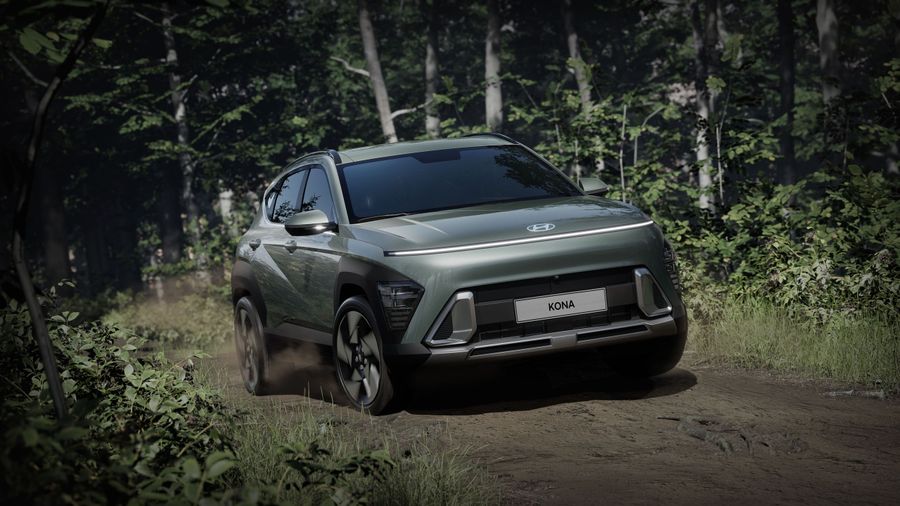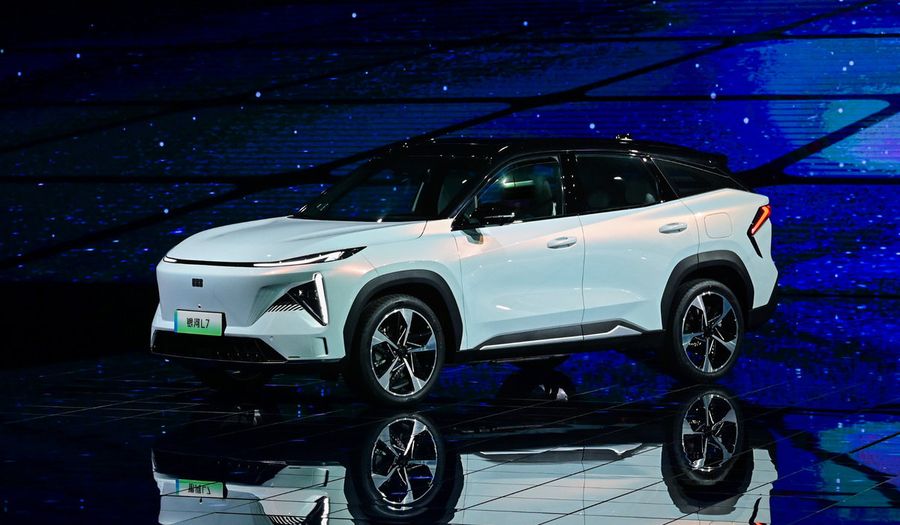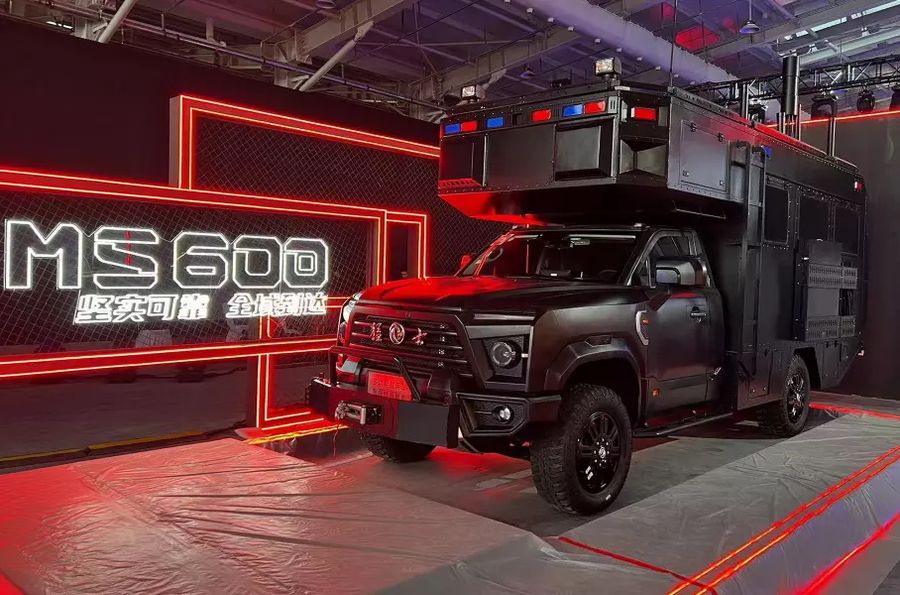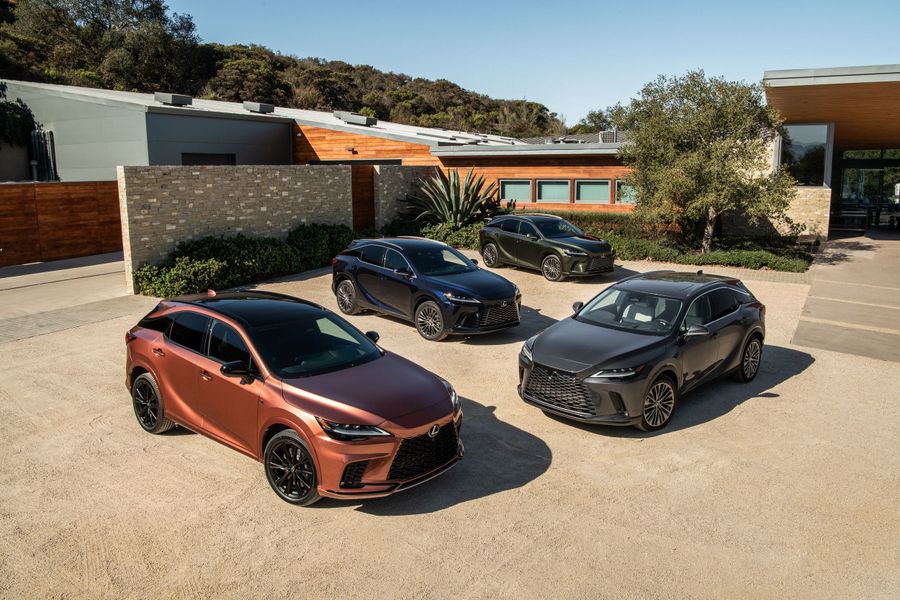
Toyota Alphard Minivan. Top-class
The Toyota Alphard is a luxurious five-door minivan, produced by Toyota (Japan) since 2002. In 2021, the 2017 restyled version of the third generation minivan (2015) is available on the market. The model can have 7 or 8 seats, as well as gasoline or hybrid engines (since 2003, the models come with Toyota Hybrid Synergy Drive technology). The Japanese minivan was named after Alphard, the brightest star in the constellation Hydra. The vehicle lives up to its name with its stylish looks, superb equipment, powerful engines, and an efficient hybrid version. The Alphard is a top-class model!
The Toyota Alphard is made primarily for the Japanese market, which offers two versions of this vehicle. The second version is the Toyota Vellfire, which has a sporty character. The model is also offered in China, Southeast Asia, Russia, Belarus, the Middle East and Bangladesh. The new Toyota Alphard belongs to the luxury segment, and its direct competitor is the Nissan Elgrand. Both vehicles are not available for sale in Israel, but the Volkswagen Multivan model is close to them. However, the Germans and Japanese have nothing in common in terms of philosophy and design, and the only thing that unites them is high quality.
Israeli buyers can purchase the new Volkswagen Multivan, which is available in two versions with a regular and a longer wheelbase (4,973 mm/5,173 mm). The Japanese and German vehicles have nothing in common in their spirit and style. Moreover, the Volkswagen Multivan offers much more modest powertrains, consisting of 1.4-2-liter engines paired with the DSG robotic gearbox.
The first generation
Considering the success of the posh Nissan Elgrand Minivan (released in 1997), Toyota also created a similar three-row model with beautiful design. The Toyota Alphard was released in Japan simultaneously with the second generation Nissan model in 2002 and immediately attracted attention. The first Alphard was based on the second generation Estima, so it received a basic front-wheel drive, but there were also four-wheel drive versions. To surpass the competitor, the minivan acquired the most spacious interior in its class, more gloss and luxury. The vehicle was 4,840 mm long, 1,805 mm wide and 1,935 mm high. The wheelbase of 2,900 mm provided a spacious interior, a spacious trunk, and a well-thought-out seat transformation system.
The first Toyota Alphard received a 2.4-liter gasoline engine (2AZ-FE, 159 hp), paired with a 4-speed Super ECT automatic transmission, as well as a 3-liter V6 1MZ-FE with 220 hp. In 2003, the manufacturer released a modification with a THS-C hybrid system, which consisted of a 2.4-liter gasoline engine and an electric motor. The engine was paired with a Super CVT variator with an E-Four all-wheel drive system. Such a car had one of the best efficiency indicators in the class: the engine consumed only 5.81 liters per 100 kilometers in urban cycle. The Alphard Hybrid could generate up to 1,500 watts and was equipped with AC outlets to power external devices. In Japan, it qualified as an ultra-low emission vehicle (ULEV), which was 75% lower than the 2000 benchmark set by the Japanese government.
The Toyota minivan received a MacPherson strut front independent suspension and a semi-independent rear suspension. Japanese vehicles had an optional TEMS suspension (shock absorbers with adjustable stiffness). The all-wheel drive gasoline versions had a viscous clutch. The vehicle received superb equipment: climate control and leather interior. Since 2004 a luxury version has featured Alcantara upholstery. The Alphard became the first minivan on the Japanese market to be equipped with adaptive cruise control with a laser scanner (option for cars with V6). The vehicle had a rear camera and a forward-looking system with a camera in the radiator grille.
2005 restyling
After a slight restyling in 2005, the vehicle received a new radiator grille and front bumper, modified head optics. The rear end featured different taillights and a new decorative trim on the tailgate. The Toyota Alphard started looking bolder. The top modifications with a 3.0-liter engine received a 5-speed automatic transmission. Moreover, the minivan featured a new dashboard and redesigned seat upholstery.
The second generation
The second generation minivan (2008–2015) became more spacious and received a more sporty and modern version, the Toyota Vellfire. The minivan boasted a more elegant exterior, more interior comfort and new, state-of-the-art equipment. The second generation vehicle was 4,840-4,855 mm long, 1,830-1,840 mm wide and 1,890-1,915 mm high. The wheelbase grew by 50 mm, up to 2,950 mm, and the Alfard’s interior became even larger: 3160×1585×1400 mm. The driver’s seat was electrically adjustable and had memory of settings. The top-end 7-seater version offered the separate second-row seats with electric drive, footrests and large head restraints.
There were two engines: an efficient 2.4-liter (4-cylinder 2AZ-FE VVT-i, 170 hp) engine with a CVT and a powerful 3.5-liter V6 (2GR-FE with a Dual VVT-i system, 280 hp) engine paired with a 6-speed AT. Both gearboxes had manual Shiftmatic mode. As for efficiency, the less powerful modifications required 8.6-8.8 liters per 100 kilometers, and more powerful ones consumed 10.5-10.9 liters. The model was front-wheel drive or all-wheel drive, had 7 or 8 seats, and offered excellent sound insulation. The suspension layout remained unchanged, but there was only electric power steering. The all-wheel drive versions used a new system ‘Active Torque Control’ (the rear wheels were automatically connected to the front drive wheels, if necessary).
The Japanese minivan was named after Alphard, the brightest star in the constellation Hydra. The vehicle lives up to its name with its stylish looks, superb equipment, powerful engines, and an efficient hybrid version.
The standard equipment includes climate control with a humidity sensor and heated seats, a sound system with 18 speakers. There were also special versions, for example, for disabled people and trim levels with an exclusive design. The ABS and EBD systems, emergency braking assistance (Brake Assist) and dynamic stabilization could be complemented for a surcharge.by a variety of assistants such as a pre-crash safety system, radar-type cruise control, and a lane keeping assist system.
2011 restyling
In 2011, the company restyled the minivan and added hybrid modifications with a THS II system based on a 2.4-liter engine with two electric motors, which made the hybrid versions all-wheel drive by default. The gasoline engine developed 150 hp, the maximum power of the front electric motor increased to 105 kW, whereas the rear motor could produce up to 50 kW. Plus, there were two additional driving modes: Eco and EV. The restyled Alphard had a new front face with a different bumper and a new radiator grille, as well as modernized optics. There were additional body colors, UV-protected glass, panoramic visibility system, interior cosmetic enhancements and new specifications, including the so-called ‘gold’ series of minivans inspired by the Asian sense of luxury, including a golden smart key.
The third generation
The third (and the last, as of 2021) generation of Alphard was released in Japan in January 2015. This is not a new concept, but an improved previous one. For example, the vehicle features a more advanced double wishbone rear suspension, modern design and three powertrain options. The manufacturer released a new Executive Lounge 4-seater modification with 10 cm wider heated and ventilated second-row seats, 12.1-inch screens and a 17-speaker JBL sound system.
The engines are represented by 2.5-liter 4-cylinder conventional and hybrid units and a 3.5-liter V6 engine. The hybrid version is equipped with a 2.5-liter Atkinson cycle 2AR-FXE gasoline engine, a Sequential Shiftmatic CVT with six fixed gears and an electric motor on the rear axle (E-Four all-wheel drive system). Its fuel consumption is 5.2 liters per 100 km. The 2.5-liter 2AR-FE gasoline engine is complemented by a 7-speed Super CVT-I and consumes 7.9 liters. The most expensive is the version with a 3.5-liter V6 engine (2GR-FE) and a 6-speed automatic transmission that consumes 10.5 liters.
The coolest Toyota minivan is now 4,915-4,950 mm long, 1,850 mm wide and 1,880-1,935 mm high (front-wheel drive versions) or 1,895-1,950 mm high (all-wheel drive versions). The interior dimensions are 3,210×1,590×1,400. The spacious trunk is complemented by a well-thought-out interior transformation system. The list of equipment has become longer, acquiring a parking autopilot, an all-round view system with four cameras, an accident prevention system and radar cruise control.
2017 restyling
In 2017, the Toyota Alphard was restyled. The restyled vehicle has a more strict and aggressive front-face without huge headlights and is distinguished by a huge radiator grille with vertical lines, generously emphasized by a chrome edging. The minivan boasts the diode lighting technology, a new ‘running fire’ function of direction indicators and better noise insulation.
The restyled version has a more powerful V6 engine, boosted from 275 to 300 hp and from 340 Nm to 361 Nm. The engine is paired with a new 8-speed Aisin automatic transmission. The new Toyota Alphard features an electronic rear-view mirror, which ‘knows’ how to show the image from the rear camera.


